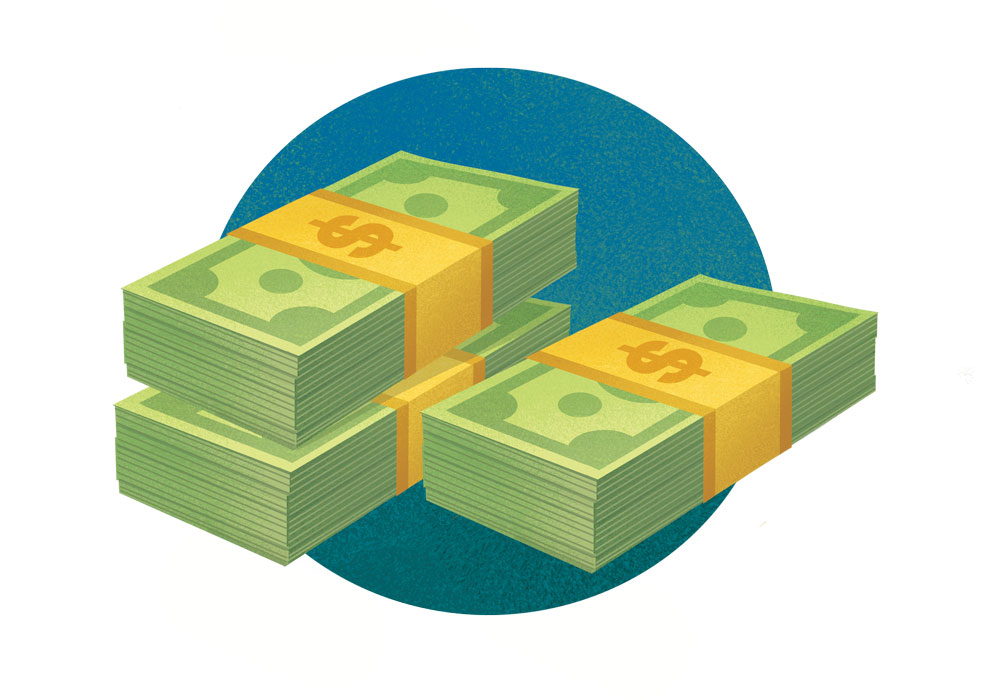When the Affordable Care Act (ACA) was first implemented, the government encouraged private insurance companies to participate in the health insurance marketplace to increase competition and keep prices low for patients. According to several private insurers, the government committed to reimbursing companies if the cost of their healthcare claims exceeded premiums charged in the first three years. To date, no payments have been made between the government and private insurance companies, and a new lawsuit is making its way through the judicial system.
In June 2019, the Supreme Court of the United States (SCOTUS) agreed to hear a lower court case, Moda Health Plan Inc., and Blue Cross Blue Shield versus the United States, on the basis that during ACA’s implementation the government agreed to reimburse the companies for costs overrunning what their premiums recouped.
According to the petitioners, both parties understood that “if the costs of claims under these new health insurance policies exceeded the premiums charged in the first three years, the government would reimburse insurers a specified percentage of the difference.” The plaintiffs also claimed that the U.S. Congress passed certain appropriations bills that would pay for the gaps, but the money was not allocated to the companies.
This lawsuit is one of several currently posed against ACA, including another questioning the constitutionality of the law. Although it focuses on the minutia of repayment, it has the potential to directly affect the healthcare system through allocations and funding. The crux of the case is money and whether the federal government is required to compensate the private sector for the new pools of customers covered under their respective public plans.
SCOTUS will have several moving parts to consider, including the amount of money involved—projected to be approximately $12 billion in back payments—along with the premiums insurance companies already collected and later increased. It’s a clear indication that the battle for health care in the United States is far from over and at the center of that skirmish is money—not patients.






